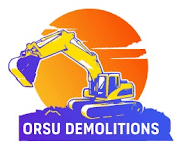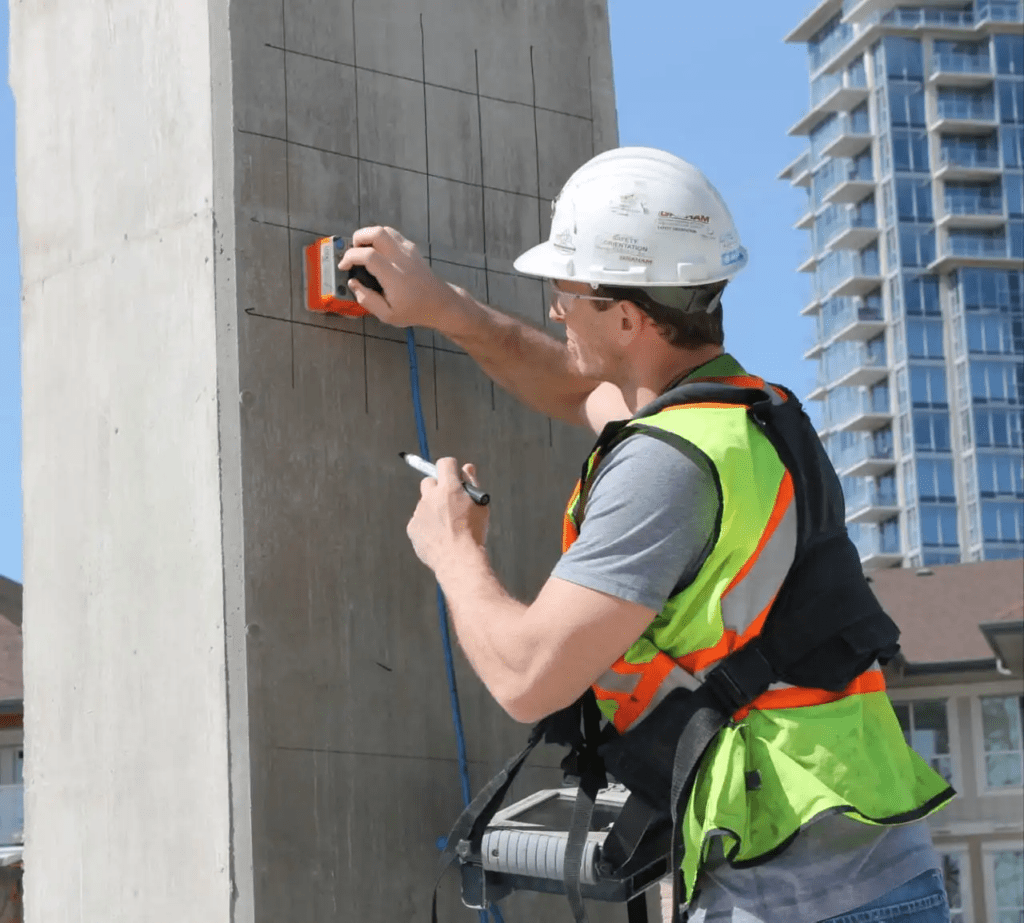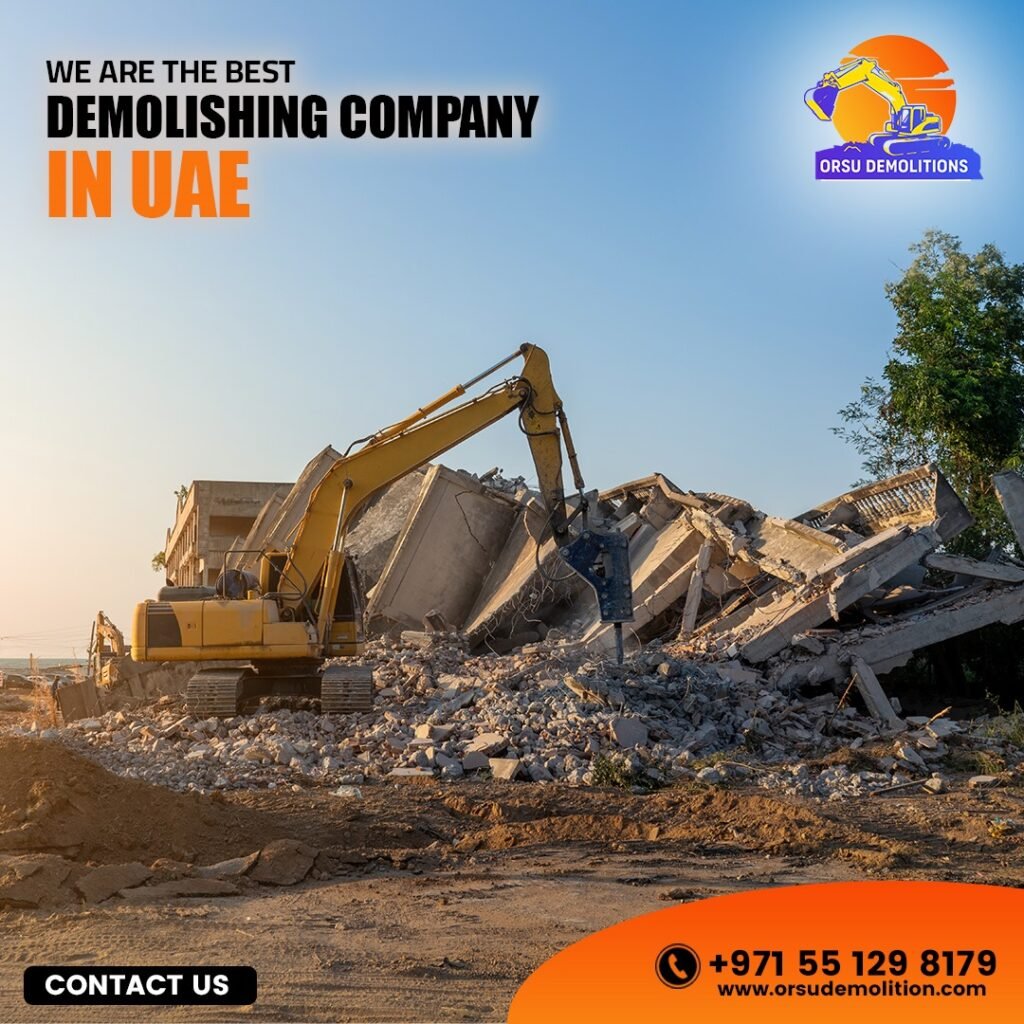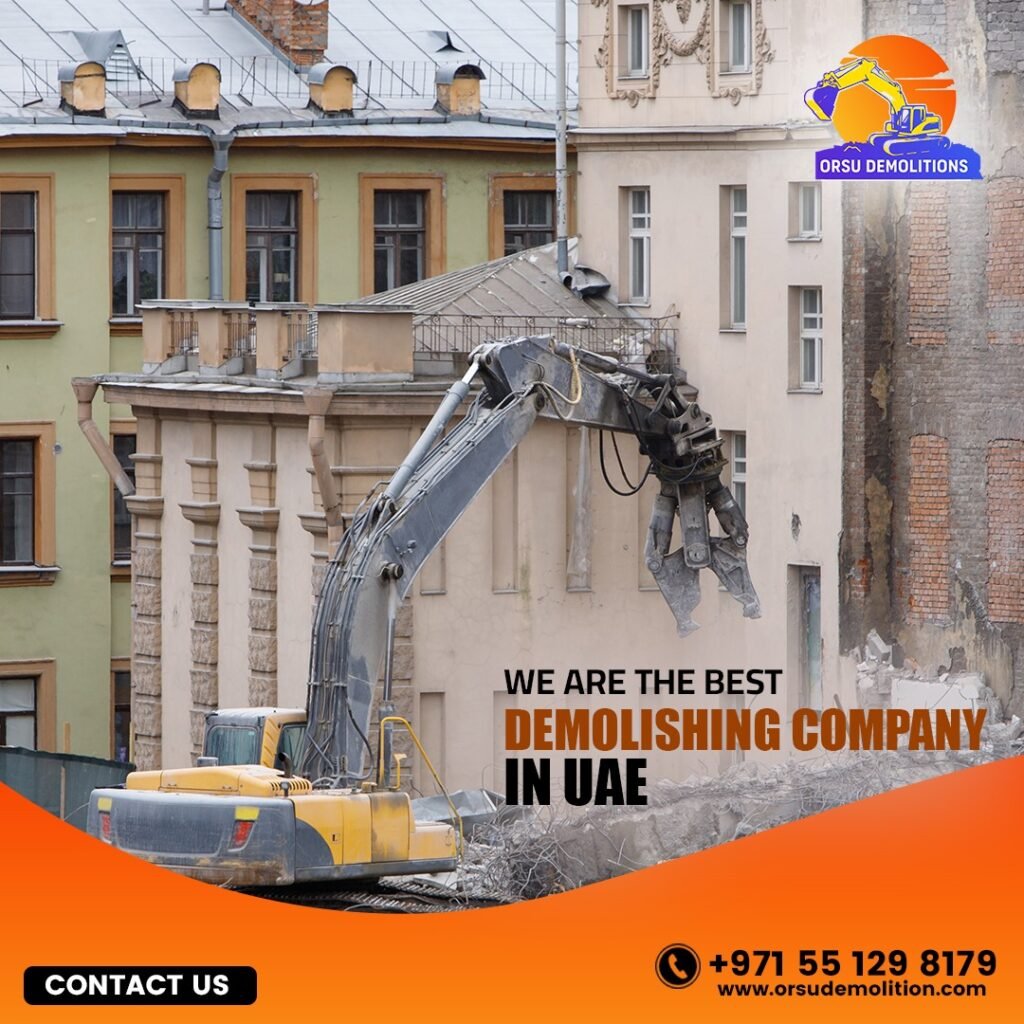Looking for the best concrete scanning services in UAE ?
Orsu Demolitions provides best concrete scanning services in UAE for a wide range of projects, including construction, renovation, and demolition. Our state-of-the-art equipment and technology allow us to accurately and efficiently locate embedded objects and structures within concrete structures.
We specialize in using Ground Penetrating Radar (GPR) technology to provide non-destructive testing and imaging of concrete structures. Our team of experienced professionals is trained to use this technology to its full potential, providing our clients with the most accurate and reliable results possible.
At our company, we are committed to providing our clients with the highest level of service and quality. We use the latest technology and techniques to ensure that every project is completed on time and within budget, with minimal disruption to your operations. Our concrete scanning services offer several advantages over traditional methods, including greater accuracy, efficiency, and safety.
If you’re looking for the best concrete scanning services in UAE, look no further than our company. Contact us today to learn more about our services and how we can help you with your next project.






